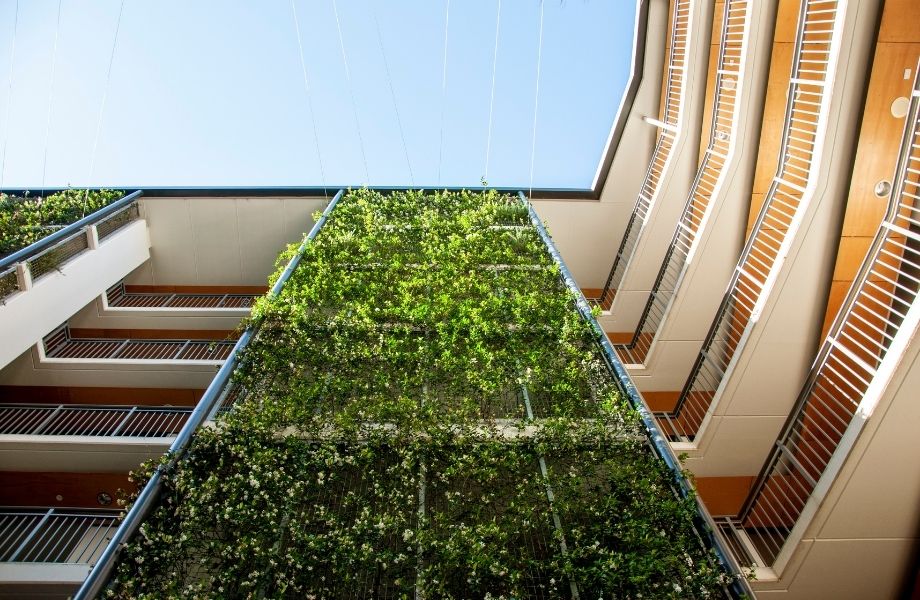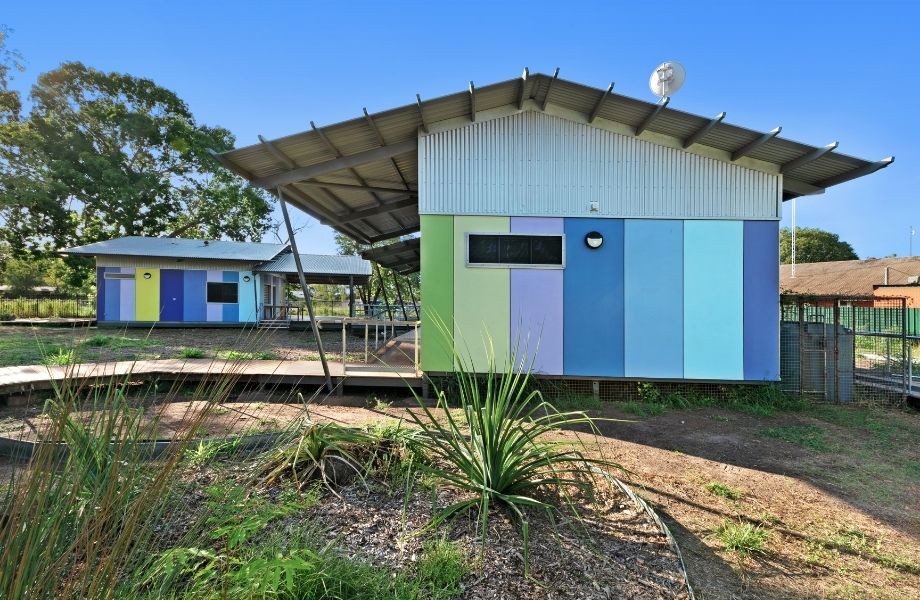Connection at the Heart of MODE’s Design
Now in its 30th year, international design practice MODE say it is continuing to deliver social infrastructure projects in Australia, New Zealand and South-East Asia, producing designs that cater for residential, education, health, and community clients.
Defined as “services and structures that support the quality of life of a city or neighbourhood”, MODE’s designs are helping those communities and their residents to connect and thrive.
As a multi-disciplinary design practice offering services in architecture, interior design, master planning, urban design, landscape architecture and graphic design, being able to offer a “whole package” of services affords MODE a foot in front of many of its competitors, with the ability to deliver unique outcomes for its clients.
MODE recognises that residential developments, education, health, and recreation centres form the social cores for communities, and that it involves far more than building just homes and roads, with a focus on the long-term planning, designing, and delivering multi-faceted projects.
Key to the success of these social infrastructure projects is MODE’S pivotal tool Innovation Capitalisation (IC), a thought process initiated to consider a project from the outset before any design has occurred, a way to align community needs with commercial outcomes, assessing the expected project outcomes against the four key pillars of social, economic, environmental, and educative returns, to deliver comprehensive and innovative design solutions.

MODE’s managing principal and social housing lead Rhonan O’Brien said the group had had great success using IC to reach better outcomes on not only social and affordable housing projects but larger infrastructure.
“The more successfully we integrate multiple disciplines into our design from the start and work together to get the environmental, educational, social, and economic returns, the better the outcome for all stakeholders,” he said.
MODE’S extensive residential portfolio, led by O’Brien, has been a key foundation of the practice since its launch in 1991, allowing it to grow as an industry leader.
Having successfully delivered social and affordable housing projects in Australia and New Zealand during the past three decades, it continues to deliver more in 2021 with numerous projects under way, including flagship social housing project 139 Greys Avenue in Auckland for client Kāinga Ora (previously Housing New Zealand).
Julia Reserve Community Centre (NSW), The Amberton (WA), Port Macquarie Airport Terminal (NSW) and the Samford Community Hub (QL) are other examples of multi-sector infrastructure delivered by MODE, that have created places for families to meet, for the community to gather,

Room to Breathe Housing (NT) and the Anindilyakwa Land Council Community Centres (NT) have cemented commitment to delivering quality infrastructure projects for remote and Indigenous communities.
Ensuring projects are developed with input from communities, for communities, is essential to delivering meaningful and successful designs, providing spaces that are functional and flexible.
“We want to deliver a legacy of projects that have made a difference on a small or large scale,” O’Brien said.
“Social infrastructure has been a key focus for the practice during the past 30 years and will continue so for the next 30, with projects that improve the communities where we work and live, with a commitment to infrastructure for schools, health, recreation, housing, and transport.
“This is why designing social infrastructure is so important.”
The Urban Developer is proud to partner with MODE to deliver this article to you. In doing so, we can continue to publish our free daily news, information, insights and opinion to you, our valued readers.















